How often should my home be repiped?

TL;DR: Repiping your home may be necessary if you notice signs like frequent leaks, low water pressure, discolored water, or strange noises from your pipes. Factors influencing repiping frequency include pipe age, material, water quality, and usage patterns. Repiping involves selecting new pipes, preparing your home, installing the new pipes, and testing the system. Rootin Tootin Rooter can guide you through the process. FAQs cover signs of repiping need, project duration, benefits, and cost considerations.
Maintaining a reliable plumbing system is essential for the comfort and safety of your home. Over time, pipes can deteriorate, leading to a host of issues such as leaks, reduced water pressure, and even water contamination. Repiping your home might become necessary to ensure that your plumbing system continues to function effectively. In this comprehensive guide, we’ll delve into the signs that indicate it’s time to consider repiping your home, explore the various factors that can influence the frequency of repiping, discuss what you can expect during the repiping process, and offer some final insights to help you maintain a dependable plumbing system for your household.
Signs It’s Time to Repipe Your Home
Several indicators may suggest that your home is due for repiping:
- Frequent Leaks: If you find yourself constantly dealing with leaks, or notice water stains on walls or ceilings, it could be a sign that your pipes are deteriorating and in need of replacement. These leaks can occur due to corrosion, cracks, or other forms of damage to the pipes.
- Low Water Pressure: Reduced water pressure throughout your home can be a frustrating issue that may indicate underlying problems with your plumbing system. Corrosion, mineral buildup, or blockages within the pipes can restrict water flow, leading to low water pressure. Repiping may be necessary to restore adequate water pressure.
- Discolored Water: Rusty or discolored water coming from your taps is not only unappealing but also a potential health hazard. It often indicates corrosion or rusting within the pipes, which can affect the quality of your drinking water. Repiping can help improve water quality and prevent further contamination.
- Strange Noises: Gurgling, rattling, or banging noises emanating from your pipes could be a sign of air pockets, loose connections, or debris buildup within the pipes. These noises may indicate that your pipes are deteriorating and need to be replaced to prevent further issues.
Factors Influencing the Frequency of Home Repiping
Several factors can impact how often your home requires repiping:
- Age of Pipes: Older homes with original plumbing systems are more susceptible to corrosion, leaks, and other forms of deterioration. As pipes age, they become more prone to issues, necessitating repiping sooner than newer homes with modern plumbing materials.
- Pipe Material: The type of material used for your home’s pipes can significantly influence their lifespan. For instance, galvanized steel pipes are prone to corrosion and rusting, which can lead to frequent leaks and water quality issues. Copper and PEX pipes tend to be more durable and corrosion-resistant, potentially extending the time between repiping projects.
- Water Quality: The quality of the water running through your pipes can also affect their longevity. Hard water, which contains high levels of minerals like calcium and magnesium, can accelerate corrosion and mineral buildup within the pipes. Similarly, acidic or aggressive water can cause premature deterioration of the pipes, requiring more frequent repiping.
- Usage Patterns: Homes with high water usage or frequent plumbing issues may require repiping sooner than those with lower usage rates. Heavy usage, such as large families or frequent entertaining, can put additional strain on the plumbing system, leading to faster wear and tear of the pipes.
Repiping Process: What to Expect
The repiping process typically follows these steps:
- Assessment: A professional plumber, such as Rootin Tootin Rooter, will conduct a thorough assessment of your home’s plumbing system to determine the extent of the repiping project. They will inspect the condition of the existing pipes, identify any areas of concern, and develop a plan for the repiping process.
- Pipe Selection: Based on the assessment and your specific needs, you’ll work with your plumber to select the most appropriate pipe material for your home. Factors such as durability, cost, water quality, and local building codes will be considered during this selection process.
- Preparation: Before the repiping work begins, your plumber will prepare your home by shutting off the water supply, removing fixtures, and accessing the existing pipes. They may need to open walls or ceilings to gain access to the plumbing system, depending on the layout of your home.
- Installation: With preparations complete, the installation of the new pipes can commence. Your plumber will carefully remove the old, deteriorated pipes and replace them with the new ones. They will ensure proper sizing, alignment, and connection of the pipes to ensure a reliable plumbing system.
- Testing: Once the new pipes are installed, your plumber will conduct thorough testing to ensure that the plumbing system is functioning correctly. They will check for leaks, verify water pressure, and address any issues that arise during testing. This final step ensures that your new plumbing system meets the highest standards of quality and reliability.
Final Thoughts
Repiping your home is a significant investment in the long-term health and functionality of your plumbing system. By recognizing the signs that indicate it’s time to repipe, understanding the various factors that can influence the frequency of repiping, and knowing what to expect during the repiping process, you can make informed decisions to protect your home and ensure the reliability of your plumbing system for years to come.
When it comes to repiping projects, it’s essential to trust the expertise of a reputable plumbing company like Rootin Tootin Rooter. With their experience, knowledge, and dedication to quality service, they can guide you through the repiping process and ensure that your home’s plumbing system meets the highest standards of performance and reliability. Don’t wait until plumbing problems escalate—consider repiping your home today to safeguard your investment and enjoy peace of mind knowing that your plumbing system is in good hands.
FAQ
How do I know if my home needs repiping?
Look out for signs such as frequent leaks, low water pressure, discolored water, or strange noises coming from your pipes. If you’re experiencing any of these issues, it’s advisable to consult with a professional plumber to assess the condition of your plumbing system.
How long does a repiping project typically take?
The duration of a repiping project can vary depending on factors such as the size of your home, the extent of the plumbing system, and the complexity of the installation. On average, repiping projects can take anywhere from a few days to a couple of weeks to complete.
What are the benefits of repiping my home?
Repiping your home can provide several benefits, including improved water quality, increased water pressure, reduced risk of leaks and water damage, and enhanced overall reliability of your plumbing system. It also allows you to upgrade to more durable and modern piping materials, potentially increasing the value of your home.
Is repiping expensive?
The cost of repiping your home can vary depending on factors such as the size of your home, the type of piping materials used, and the extent of the work required. While repiping is an investment, it’s essential to consider the long-term benefits and potential cost savings from avoiding frequent repairs and water damage associated with old or deteriorating pipes. Consulting with a professional plumber can help you assess the cost and benefits of repiping for your specific situation.
Other Blogs You May Be Interested In
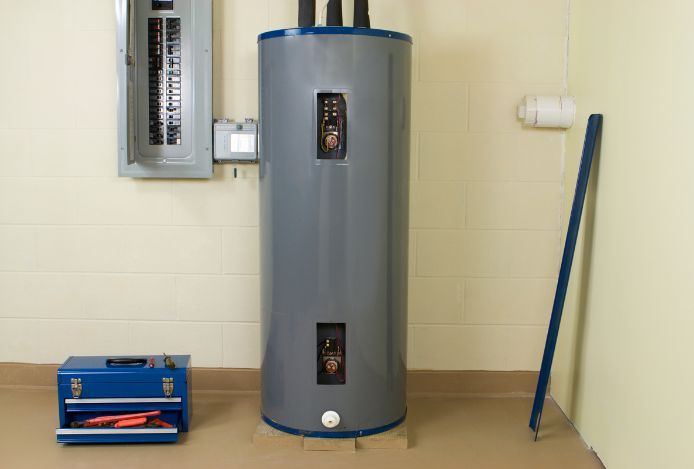
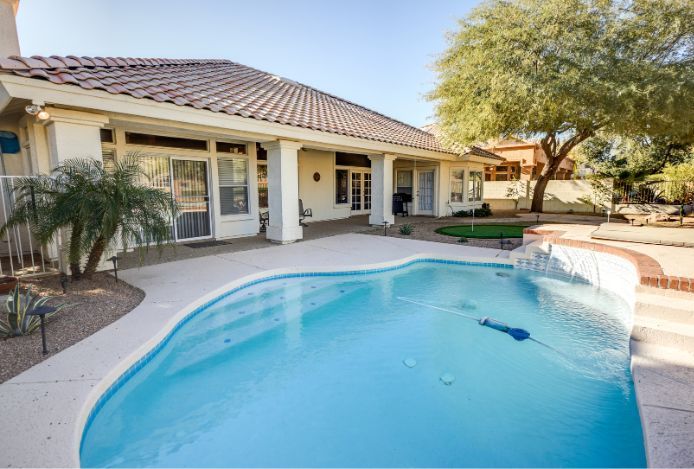

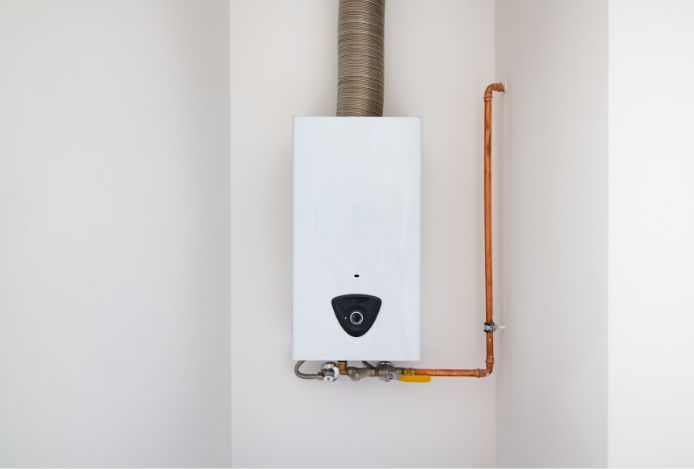
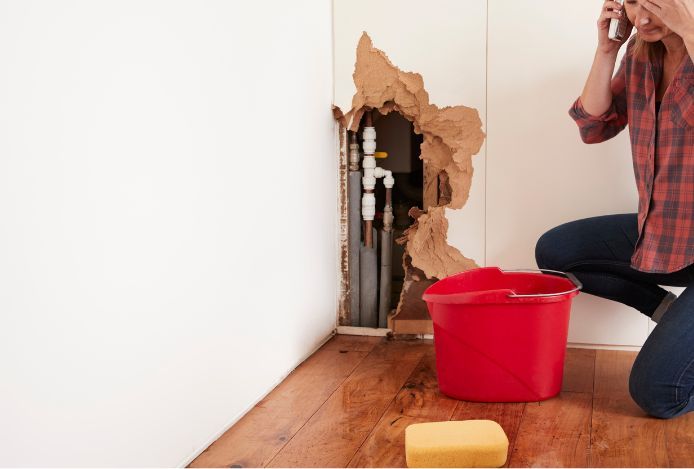
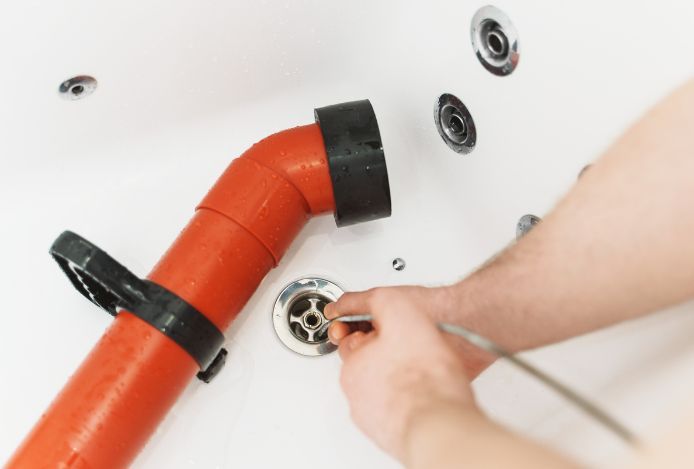
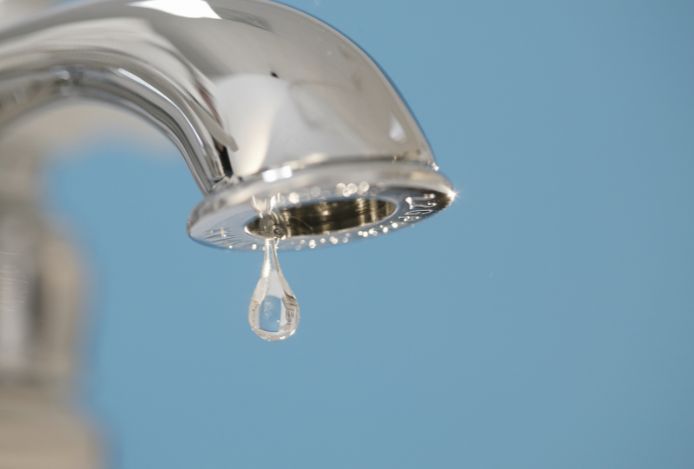
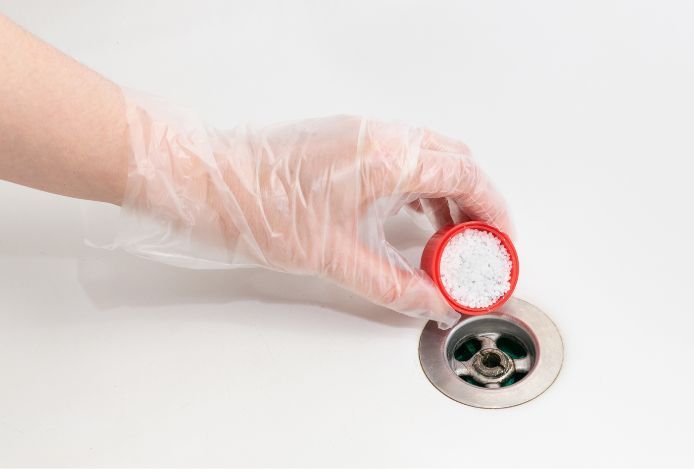
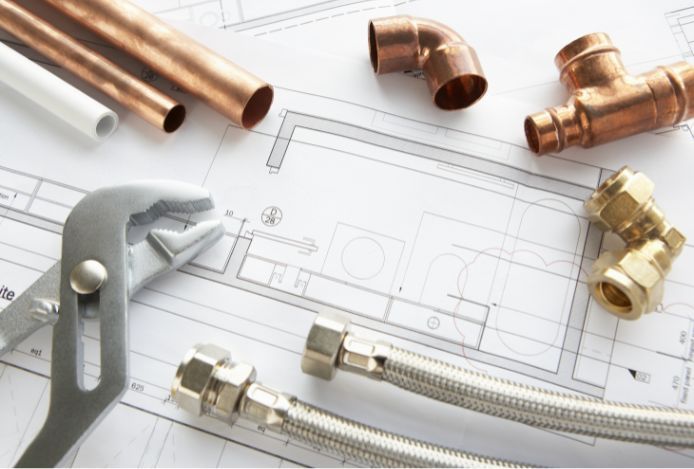

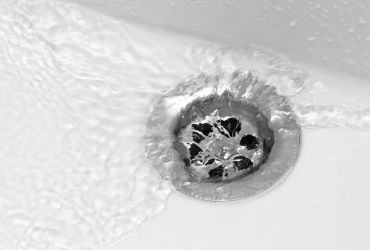
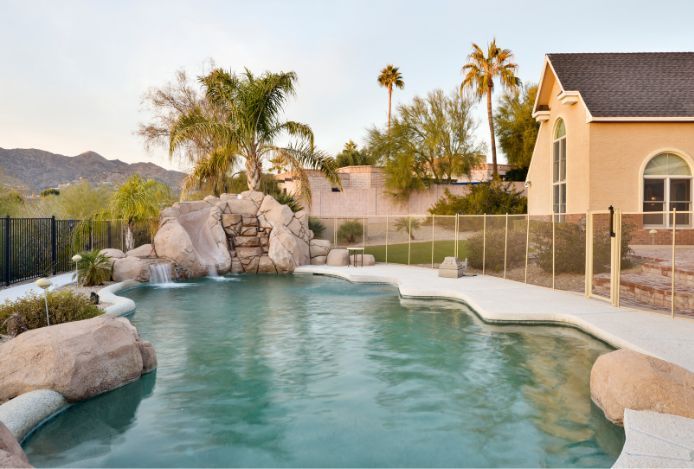
Leave a Reply